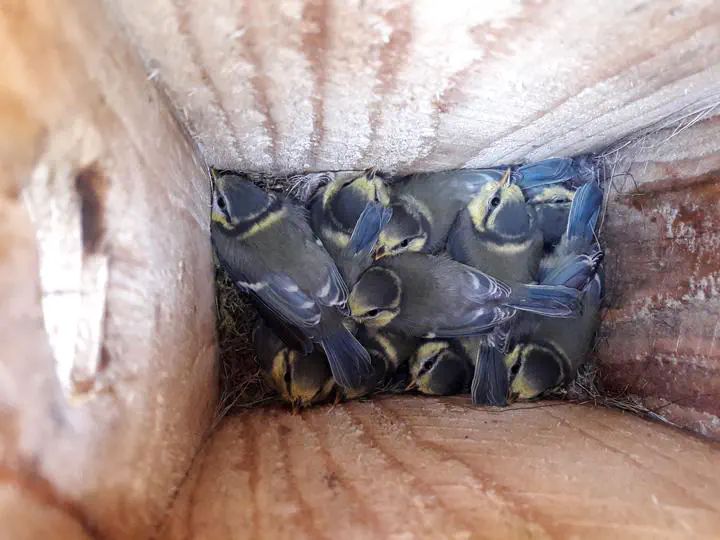
Abstract
Indirect sexual selection arises when reproductive individuals choose their mates based on heritable ornaments that are genetically correlated to fitness. Evidence for genetic associations between ornamental colouration and fitness remains scarce. In this study, we investigate the quantitative genetic relationship between different aspects of tail structural colouration (brightness, hue and UV chroma) and performance (cell‐mediated immunity, body mass and wing length) in blue tit (Cyanistes caeruleus) nestlings. In line with previous studies, we find low heritability for structural colouration and moderate heritability for performance measures. Multivariate animal models show positive genetic correlations between the three measures of performance, indicating quantitative genetic variation for overall performance, and tail brightness and UV chroma, two genetically independent colour measures, are genetically correlated with performance (positively and negatively, respectively). Our results suggest that mate choice based on independent aspects of tail colouration can have fitness payoffs in blue tits and provide support for the indirect benefits hypothesis. However, low heritability of tail structural colouration implies that indirect sexual selection on mate choice for this ornament will be a weak evolutionary force.